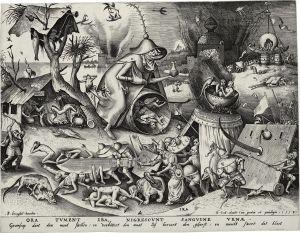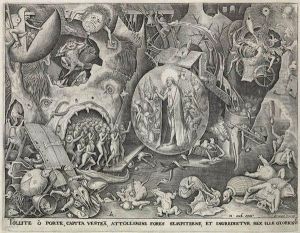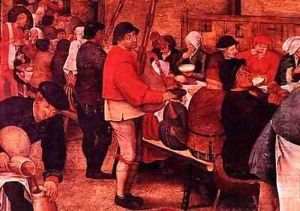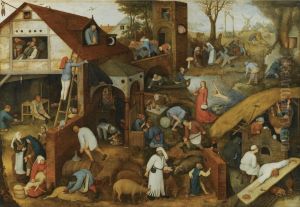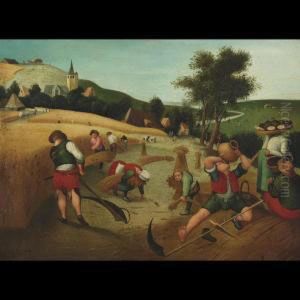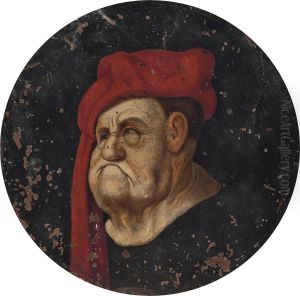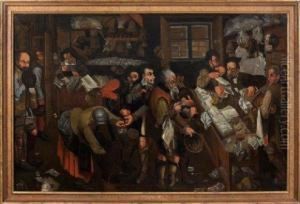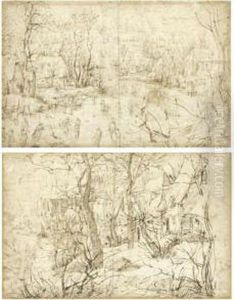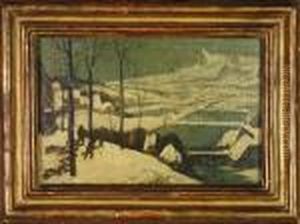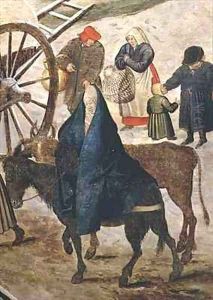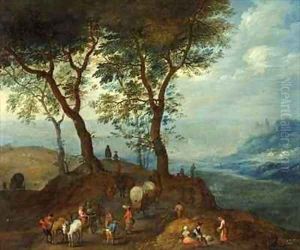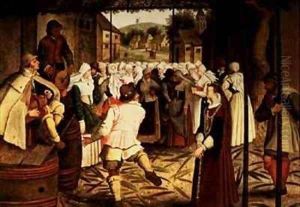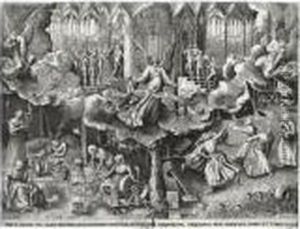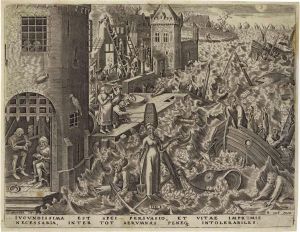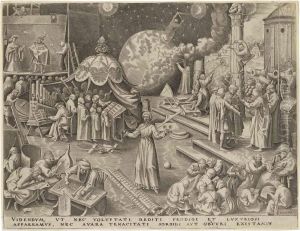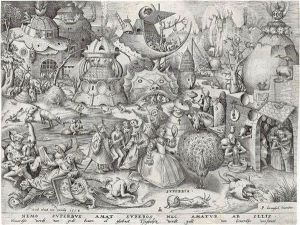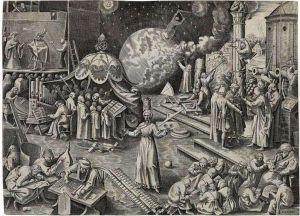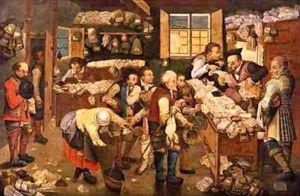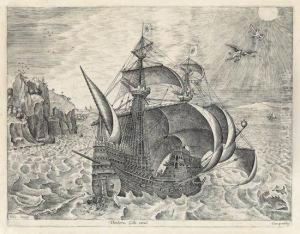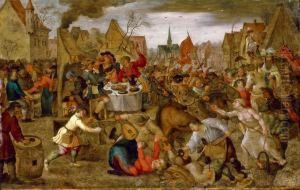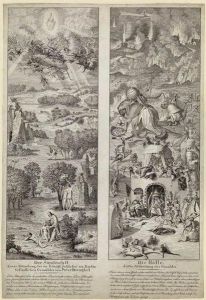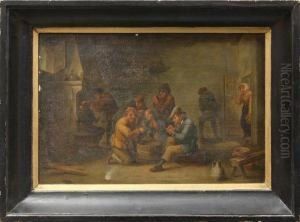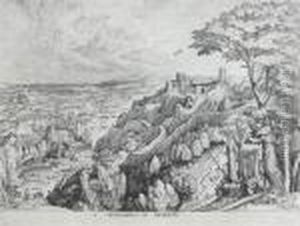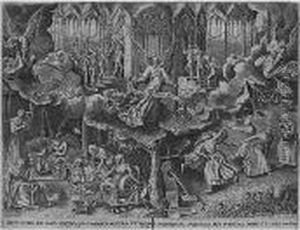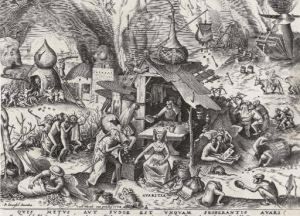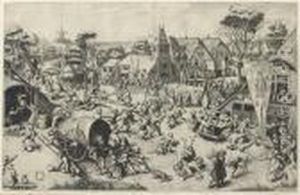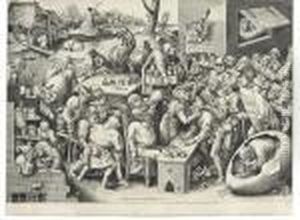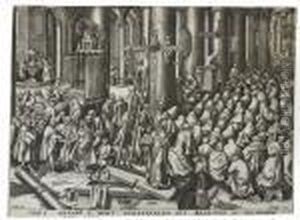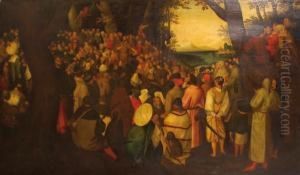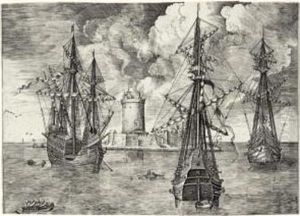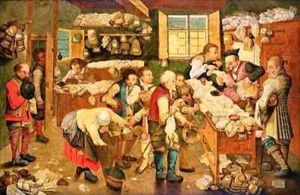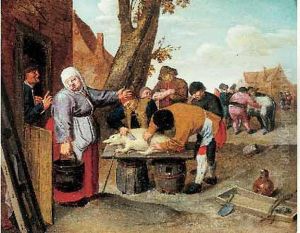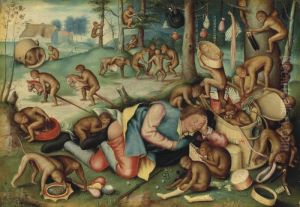Pieter III Brueghel Paintings
Pieter Brueghel the Younger, also known as 'Hell Brueghel' because of his focus on scenes of the underworld and grotesque imagery, was a Flemish painter born in 1589 in Brussels, which was then part of the Habsburg Netherlands. He was the eldest son of the famous Renaissance painter Pieter Brueghel the Elder and the grandson of Jan Bruegel the Elder, another renowned artist, forming part of a painting dynasty that spanned several generations.
Pieter the Younger was trained by his grandmother, Mayken Verhulst, who was herself an accomplished artist. He is particularly known for his detailed copies of his father's works, as the elder Brueghel died when Pieter was just a child. This has made it challenging at times to distinguish between the original works and those of the son. Pieter’s reproductions of his father's paintings were so precise that they were in high demand, and he had a successful career producing these works for patrons who could not acquire the originals.
Aside from replicating his father's art, Pieter Brueghel the Younger also developed his own style and subjects. He painted a range of subjects that included religious scenes, landscapes, and peasant life, reflecting the social and political life of the time. His work is characterized by a vibrant use of color and meticulous attention to detail. Some of his original compositions were influenced by other contemporaries in the Flemish and Italian Renaissance traditions.
Pieter Brueghel the Younger’s work was influential in preserving the Bruegel family's legacy and he was an important figure in the transition from the 16th century to the 17th-century Baroque style. Despite living in the shadow of his father's legacy, his contribution to Flemish art is significant. He died in Antwerp in 1640, leaving behind a rich collection of artwork that continued to be appreciated for their historical and artistic value.
